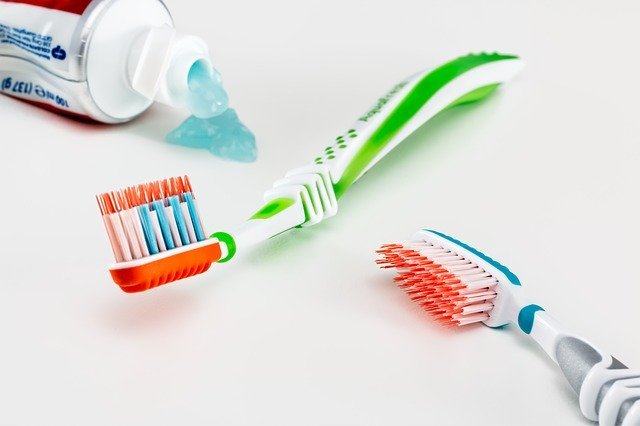
In a new study, researchers found that exposing teeth to excessive fluoride can alter how the cells form tooth enamel.
This shows how dental fluorosis, a condition caused by overexposure to fluoride during childhood, arises.
The research was led by steam at NYU College of Dentistry.
Fluoride is a naturally occurring mineral that helps to prevent cavities by promoting mineralization and making tooth enamel more resistant to acid.
It is added to drinking water around the world—the U.S. Department of Health and Human Services recommends a level of 0.7 parts per million—and all kinds of toothpaste backed by the American Dental Association’s Seal of Acceptance contain fluoride.
The CDC named water fluoridation one of 10 great public health achievements of the 20th century for its role in reducing tooth decay.
While low levels of fluoride help strengthen and protect tooth enamel, too much fluoride can cause dental fluorosis—a discoloration of teeth, usually with opaque white marks, lines, or mottled enamel and poor mineralization.
Dental fluorosis occurs when children between birth and around nine years of age are exposed to high levels fluoride during this critical window when their teeth are forming, and can actually increase their risk of tooth decay.
A survey by the CDC found that roughly 25% of the U.S. population examined (ages 6 to 49) show some degree of dental fluorosis.
In the study, the team analyzed the effects of exposing tooth enamel cells to fluoride—levels on the higher end of what you would find in drinking water and consistent with what is found in areas where people commonly have fluorosis.
They then assessed fluoride’s impact on calcium signaling within the cells, given calcium’s role in mineralizing tooth enamel.
The researchers found that exposing enamel cells to fluoride resulted in calcium dysregulation, with decreases in calcium entering and stored in the endoplasmic reticulum, a compartment within cells with many functions, including storing calcium.
In addition, fluoride disrupted the function of mitochondria (the cells’ power generators), and therefore energy production was altered.
Finally, RNA sequencing—which queries the genomes of cells—revealed that, in enamel cells exposed to fluoride, there was an increased expression of genes encoding endoplasmic reticulum stress response proteins and those encoding mitochondrial proteins, which are involved in producing the cell’s energy.
The researchers then repeated the experiment using early-stage kidney cells from humans, but they did not observe the same effects when the kidney cells were exposed to fluoride.
This suggests that enamel cells are different from cells forming tissue in other parts of the body.
One author of the study is Rodrigo Lacruz, Ph.D., associate professor of basic science and craniofacial biology at NYU College of Dentistry.
The study is published in Science Signaling.
Copyright © 2020 Knowridge Science Report. All rights reserved.



